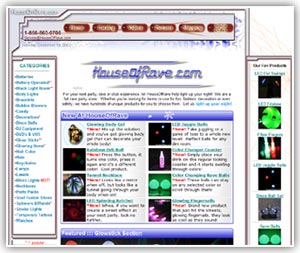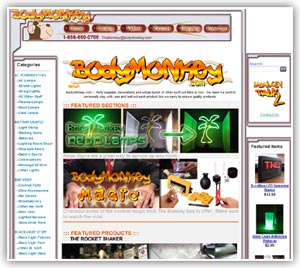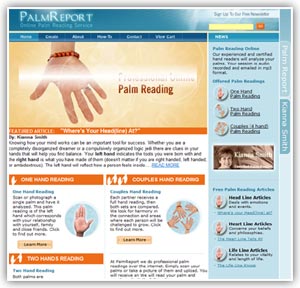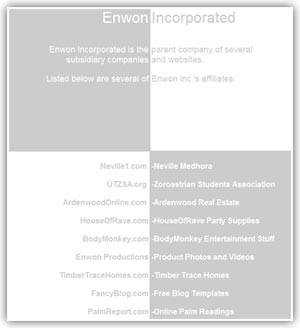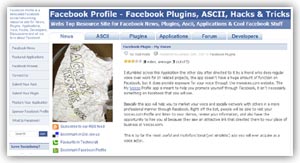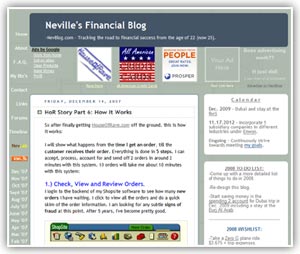 Outsourcing has been a thing big companies have been using for years, the main reason to slash costs of manual and intellectual labor. However, there is probably even more benefit to outsourcing for smaller companies, yet a lot of people have no clue how to utilize it.
Outsourcing has been a thing big companies have been using for years, the main reason to slash costs of manual and intellectual labor. However, there is probably even more benefit to outsourcing for smaller companies, yet a lot of people have no clue how to utilize it.
I’ve outsourced projects before, but thanks to a mentor of mine, I’ve been exposed to several projects and shown the CORRECT way to do it.
There are three major tips I’d give:
1.) Be specific as possible.
2.) Include non-lengthy descriptions.
Make sure you write where everything should go, how it should work and what it should look like.
3.) Use visual aids.
Photoshop will be your best friend in making a design project go smoothly. If you already know what you want, the best thing to do is make a Photoshop representation of it, then the programmer will do their thing and make it work. These are especially important if you’re using an offshore programming team, as subtle language differences sometimes spoil directions.
4.) Always bargain.
Outside the United States, especially in less developed countries, bargaining is a typical part of buying stuff. Programmers will often quote you way too high, so you just have to bargain down the price. If you stink at bargaining, go to RentACoder.com and set your own project price.
I’ve learned if you don’t a put a lot of effort into planning the project, it will come out terrible, take a long time and cost a lot of money.
If you spend a lot of time initially spec’ing out the project, it will go extremely quick, come out great and cost less since the programmers know exactly what to do.
—————————————————————
TWO OUTSOURCING EXAMPLES:
1.) This is a spec sheet I made recently for my online business House Of Rave. It outlines for a Shopsite programmer what I want done using visual aids and short descriptions in an outlined form. This way if there’s a problem, I can say “Section 1.c has not been done yet.”
You can view a snapshot of the Word document below:
2.) This spec sheet is from my recent FacebookProfile project I did a few weeks ago. I knew EXACTLY how I wanted it to look, so I created a visual representation of the site using Photoshop and then marked up specific sections and functionalities.
I didn’t already know any WordPress designers, so I posted this project on RentACoder for $220. A few hours later I selected the highest rated programmer to respond and the project was done in no time.
What was great about this project was the very little communication involved, as I had already so specifically stated what I wanted. Generally there is a lot of discussion back and forth between customer and programmer if it’s not clear what is wanted.
You can view a snapshot of the Word document used for the FacebookProfile.com specs:
Medium to large projects get much harder, and the important part is staying on top of the project and documenting progress.
FINDING A PROGRAMMER:
If you’ve got a project, first spec it out so you know exactly what you want. Then go to any of the following sources to find someone to do it:
1.) RentACoder.com – You can set your own price here, view other projects by the bidders and read their feedback. Basically an Ebay for any sort of project. Also try eLance.com.
2.) Craigslist.org – Simply post your project in your local city (or better yet, a big city like San Francisco or NYC) in the Gigs –> Computer section. You’ll be surprised at how many responses you can get locally and from abroad.
3.) Forums – If you’ve got a very specific project you’re working on, go to some popular forums about that subject/software/hobby and post the job.

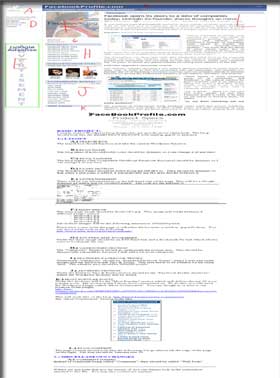
 I’ve tried the advertising-only website before with FancyBlog.com, but the income wasn’t worth the effort and interest waned and invariably so did the site. I see more potential on this new advertising-only site, and hopefully it can become pretty big if I play my cards right.
I’ve tried the advertising-only website before with FancyBlog.com, but the income wasn’t worth the effort and interest waned and invariably so did the site. I see more potential on this new advertising-only site, and hopefully it can become pretty big if I play my cards right.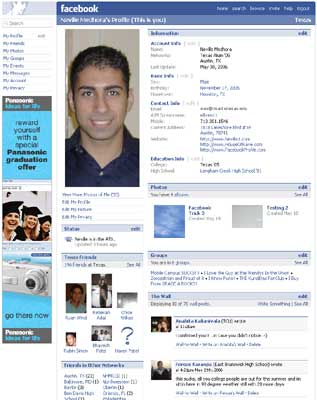
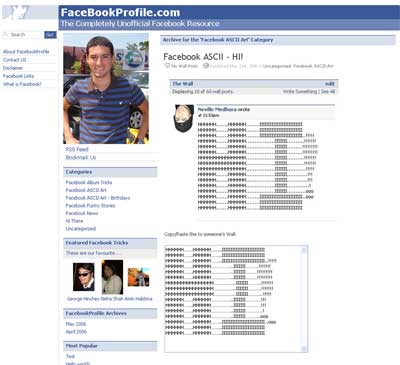
 I’ve tried and used tons of different Ecommerce shopping carts over the years, and some online shopping carts can be very expensive. Nowadays, open source shopping carts have sprung up all over the place that offer novice web users the chance to open an Ecommerce store…..FREE.
I’ve tried and used tons of different Ecommerce shopping carts over the years, and some online shopping carts can be very expensive. Nowadays, open source shopping carts have sprung up all over the place that offer novice web users the chance to open an Ecommerce store…..FREE.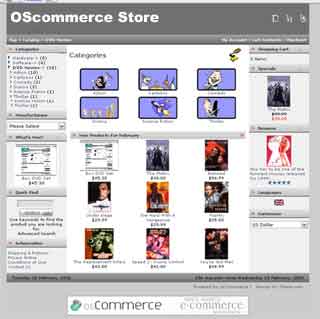
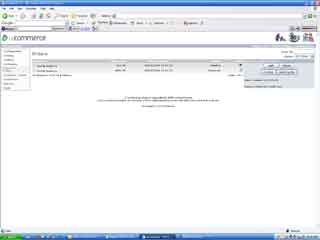
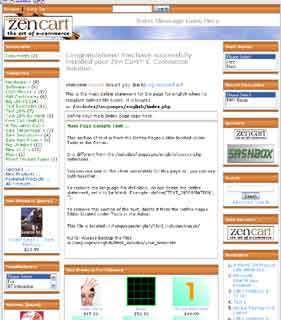
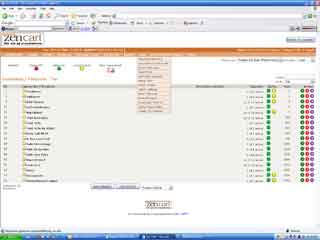
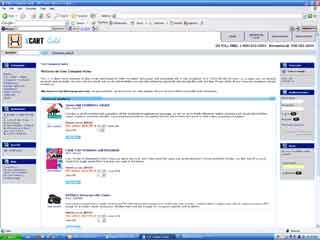
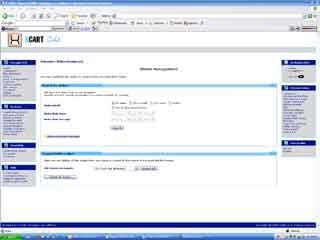
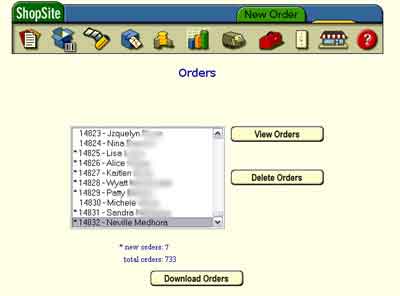
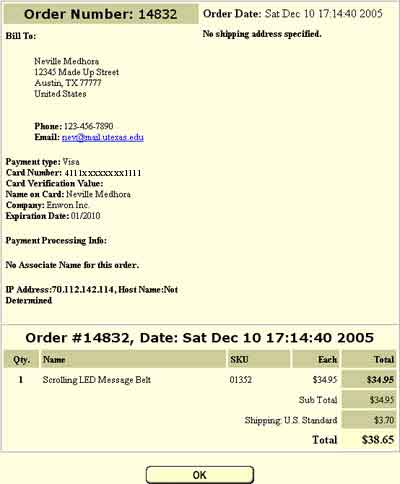
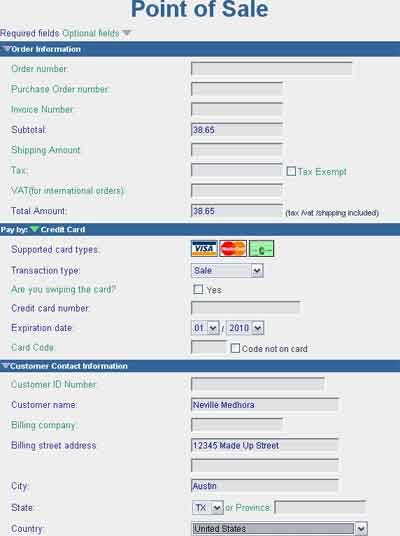


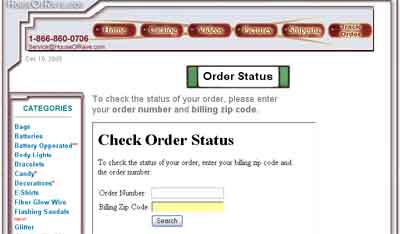
 One business I own and openly talk about is House Of Rave .com.
One business I own and openly talk about is House Of Rave .com.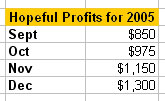




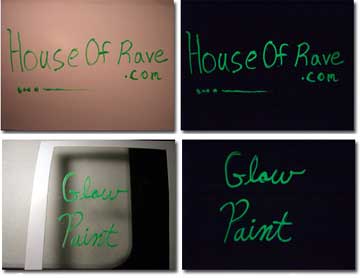
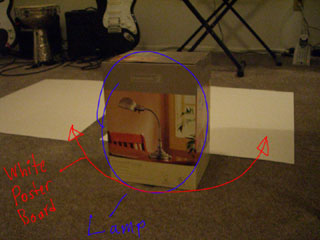




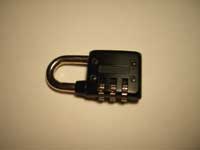
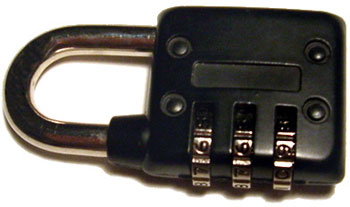
 I have a problem with all these “Get Rich” books. They lie. They routinely say, “Working for other people is not the path to wealth” and owning your own business lets you “Do things your way”
I have a problem with all these “Get Rich” books. They lie. They routinely say, “Working for other people is not the path to wealth” and owning your own business lets you “Do things your way” I’m still not sure how or why, but NevBlog DNS entries on my server changed, thus leaving the website inaccessible for a few days.
I’m still not sure how or why, but NevBlog DNS entries on my server changed, thus leaving the website inaccessible for a few days.